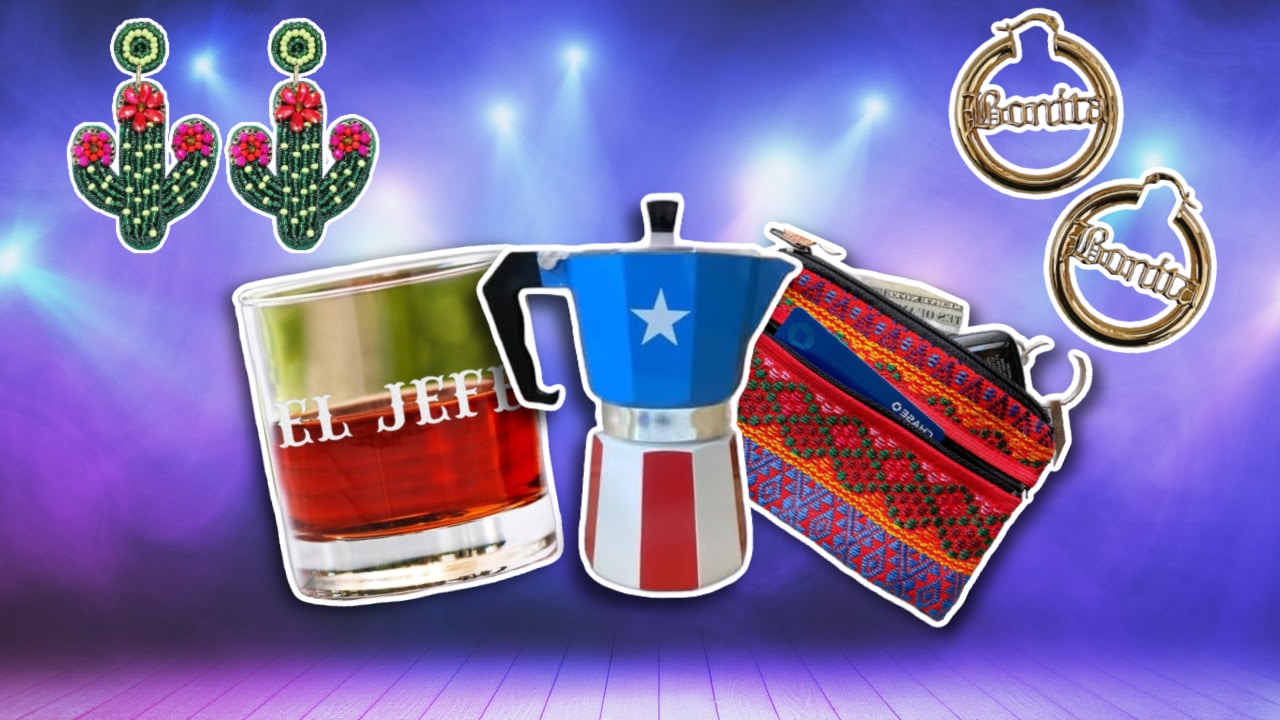Mexican Fashion Is Having Its 2025 Moment—And It’s Loud, Political, and Unstoppable
Fashion has long been a vehicle for political statements. Fashion is an art, after all, so taking to runways around the world to make these statements is what makes it so exhilarating. You never really know what is about to walk down the runway, and those moments are pure gold.
In the current political climate in the United States, we are seeing these political statements show up on runways. The demonization of immigrants, with a focus on Mexican immigrants, is offering fashion designers fertile ground. The political protests emerging from fashion right now are targeted directly at this xenophobic rhetoric.
Patricio Campillo is showing the political force of the art of fashion
Campillo recently showed his new collection at New York Fashion Week. He used his platform at one of the premier fashion events of the season to send a message. His collection showcased traditional Mexican clothing while tipping a hat to charro fashion. Simply giving Mexican culture the platform of NYFW with elevated tones is an incredible feat. Doing it while Mexican immigrants are under attack in the U.S. is incredible artistry.
Not only did Campillo’s collection give love to Mexican culture, but his collection also played with gender. The current federal government has the attention span to go after multiple communities at once. When they aren’t demonizing Mexican immigrants, they turn their attention to the LGBTQ+ community focused on trans people.
The way Campillo used his collection to blur the lines between masculine and feminine fashion bends gender in a way that speaks volumes. Gender is fluid. Gender is a social construct. By balancing both feminine and masculine elements in his looks is refreshing to see.
As ELLE contributing fashion editor Laura Antonia Jordan put it, “Putting it clumsily: Politics is everywhere. Putting it bluntly: It’s in. So too, by definition, is fashion.”
Mexican culture is going to be taking center stage if history is a guide
Fashion is a way to bring issues to the masses. People love to watch models and celebrities take to the runways and red carpets with the latest fashions. By introducing elements of Mexican culture to the mainstream runways, you can pop the bubble and introduce something to people.
Maya Singer said it perfectly in an article for Vogue. Her article focused on the importance of fashion as a political statement and the historical context around the concept.
“And yet the question persists: Can fashion be political? To which the proper reply must be: Wasn’t it always,” Singer wrote for Vogue in 2020. “In the Middle Ages, sumptuary laws prohibited commoners from dressing above their station; during the French Revolution, sansculottes wore hardy trousers as a badge of working-class pride. Nearer our own era, the Black Panthers used clothing both to seize power and to resist it, adopting a uniform of leather jackets and berets to signify their deputization as a counter–police force—while in the “Greed is good” 1980s, power suits and pouf skirts sublimated Reaganite corporate triumphalism.”
So, as the Trump administration continues to attack immigrants and LGBTQ+ people, we can only assume more collections pushing back will surface. Art is political and often part of the counterculture. So, of course, fashion will be right in line with that.




